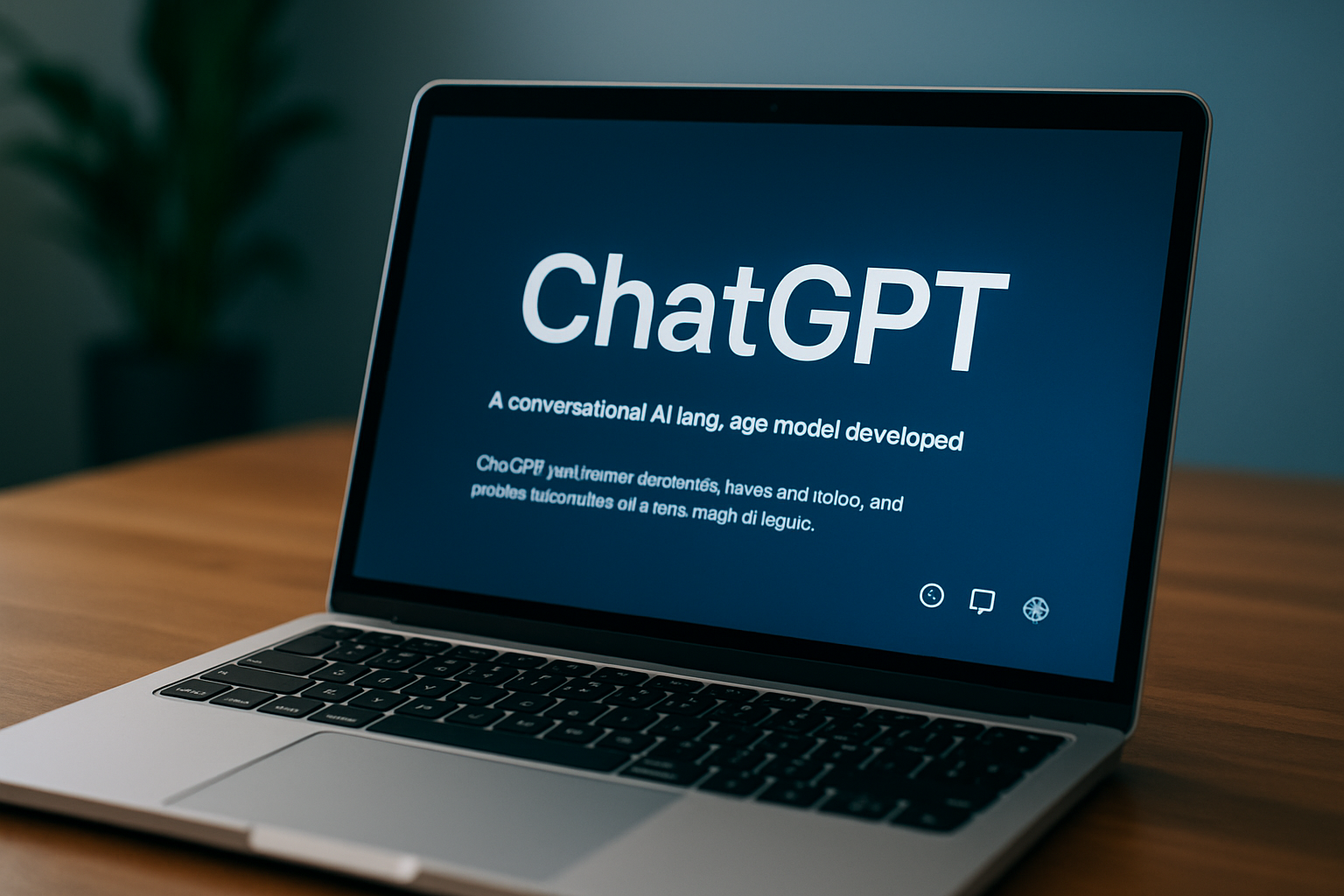Artificial Intelligence (AI) has rapidly evolved from science fiction to everyday utility, and among the most talked-about breakthroughs is ChatGPT. Whether you’re an entrepreneur, student, developer, or just a curious internet user, you’ve likely heard about it. But what exactly is ChatGPT, and how does it work?
Understanding ChatGPT in Simple Terms
ChatGPT is a conversational AI developed by OpenAI. It’s part of a family of models known as GPT (Generative Pre-trained Transformer), designed to generate human-like text based on the input it receives. Imagine chatting with a very intelligent robot that can answer your questions, write essays, generate code, tell jokes, or even compose poems — that’s essentially ChatGPT.
It works like a virtual assistant, but instead of following rigid commands, it can understand natural language and respond in a way that feels surprisingly human.
The Technology Behind ChatGPT
At its core, ChatGPT is powered by a machine learning model called a transformer. Here’s a simplified breakdown of how it works:
1. Training on Massive Data
OpenAI trained the model using a large dataset from books, websites, articles, and more. This training helps the model understand how human language works — from grammar and sentence structure to logic and tone.
2. Pre-training and Fine-tuning
First, the model is pre-trained on a broad range of data. Then, it’s fine-tuned with more specific datasets and techniques like Reinforcement Learning with Human Feedback (RLHF) to make it more aligned with what users expect.
3. Predictive Responses
When you input a message, ChatGPT predicts the most likely next word based on everything you’ve written so far. It does this repeatedly — one word at a time — until it forms a complete, coherent, and relevant response.
What Can ChatGPT Do?
ChatGPT is incredibly versatile. Some common applications include:
- Customer support: Answering questions, resolving issues, and providing 24/7 assistance.
- Content creation: Writing blogs, emails, ad copy, and social media posts.
- Programming help: Explaining code, debugging, or even writing scripts.
- Learning aid: Explaining complex topics in simple terms.
- Entertainment: Writing stories, role-playing, or even composing lyrics.
Real-World Examples of ChatGPT in Action
Many companies and individuals are already using ChatGPT in creative ways:
- Education platforms use it to provide tutoring and generate practice questions.
- E-commerce websites integrate ChatGPT to offer instant customer service.
- Freelancers use it to speed up their writing, marketing, and research processes.
- Developers rely on it for code suggestions and quick explanations of complex functions.
Benefits of ChatGPT
Here are some reasons why ChatGPT is gaining so much traction:
- Time efficiency: It can automate tasks that usually require hours of manual effort.
- 24/7 availability: Unlike human workers, it doesn’t need breaks.
- Language flexibility: It can communicate in multiple languages with decent accuracy.
- Creativity boost: It helps brainstorm ideas, outlines, and even full drafts.
Limitations You Should Know
While powerful, ChatGPT is not perfect:
- It can be wrong: Sometimes it produces answers that sound right but are factually incorrect.
- It lacks real-time awareness: It doesn’t “know” what’s happening in the world after its last update.
- No true understanding: It mimics understanding, but it doesn’t “know” things the way humans do.
- Sensitive use: It can reflect biases present in the data it was trained on.
Ethical Considerations
As with any AI tool, responsible use is essential. Using ChatGPT to manipulate, deceive, or replace human judgment without oversight can be risky. OpenAI and other developers are actively working on improving transparency and safety in AI deployment.
The Future of ChatGPT
The technology continues to evolve. Future versions are expected to be more accurate, context-aware, and capable of multimodal inputs (e.g., images, videos, audio). OpenAI and other AI labs are exploring new frontiers that will shape how we interact with machines — and each other.
Final Thoughts: A Glimpse into Tomorrow
ChatGPT represents more than just a chatbot — it’s a window into the future of communication, automation, and human-machine collaboration. Whether you use it to save time, boost productivity, or satisfy your curiosity, understanding how it works gives you a powerful edge in navigating the modern digital world.
